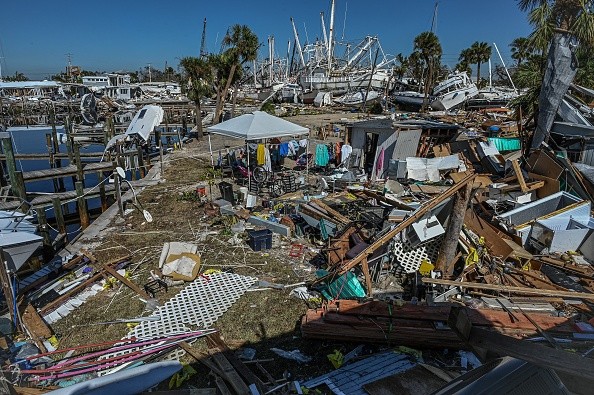A recent study discovered concerning findings in a specific region in the United States using over 35,000 computer simulations of storm tracks evolution.
The study urged communities to achieve resilience to the impact of storms and hurricanes, highlighting the significance of reducing human-caused emissions.
According to AccuWeather, the 35,000 computer simulations provide insights on how to understand the behavior of storms in the future.
The simulation of the future climate outcome resulted in the storm tracks of the researchers ranging from the pre-industrial to the modern era.
In addition, the simulation considered high emissions situations in the study.
Climate scientists from Rowan University in New Jersey conducted the study with Dr. Andra Garder as the study's lead researcher.
Impact

In an interview with AccuWeather, the lead researcher Garner explained that the research employed climates models useful to analyze the storm behavior evolution, discovering that storms could unleash unforgivingly in the decades to come.
The research found key things, according to Garner:
- Hurricanes seem to form closer to the southeast coast of the United States (U.S), highlighting northeast cities could have less time to prepare for storms.
- They observed that hurricanes seem to move at the slowest as they move along the East Coast of the U.S. As the storm or hurricane moves slowly, communities could suffer from bad weather longer.
- Even though the researcher focused on New York City's future impact, they revealed East cities would have concerning hurricane and storm impacts.
- Tropical cyclones are also seen to form closer to the U.S. southeast coast, reaching the slowest speed in the U.S Atlantic. The research added that the time duration of tropical cyclones in reaching cities is said to be reduced. The cities mentioned in the study are New York City, Boston, and Norfolk.
- Ultimately, the slow movement of storms could result in heavy rains that can flood communities.
Moreover, the study also emphasized the role of harmful greenhouse gases, which have been exacerbated by dependence on fossil fuels.
Community resilience
Climate change and global warming can aggravate storms and hurricane impacts on communities.
The researchers suggested that communities and cities should start working on resiliency and effective policies to prevent the disastrous effects of hurricanes or weather.
According to AccuWeather, the study's lead emphasized the importance of working together to take large-scale actions to reduce emissions, noting that the research employed high emission scenarios.
Garner said that cities on East Coast should develop plans for the future to adapt to climate change.
The study elaborated on the importance of resilient communities to prevent the sea-level rise and storm surges.
Current hurricanes such as Hurricane Ian, Hurricane Fiona, and Hurricane Kay unleashed rainfall, flooding, and strong winds, causing massive flooding, widespread power outage, and damage to property to businesses.
The mentioned hurricanes forced communities to evacuate, especially people living in flood-risk areas.
As the study presented simulations with high emission scenarios, there is a need to contribute to the environment, which can reduce the impact of climate change on the weather.
Related Article: Man Became Social Media Hero Saving a Trapped Cat in Hurricane Ian
For more similar stories, don't forget to follow Nature World News.
© 2025 NatureWorldNews.com All rights reserved. Do not reproduce without permission.





